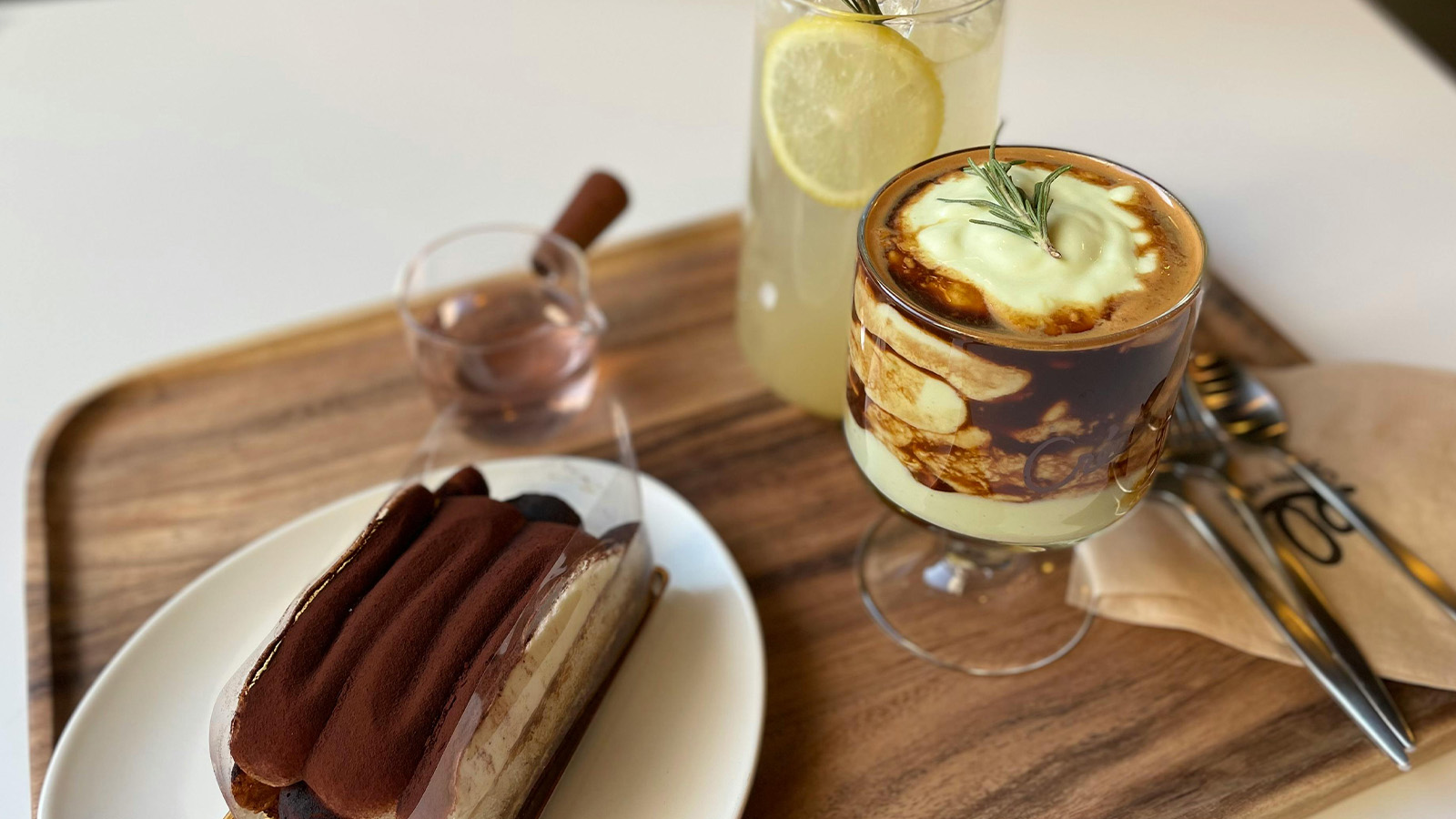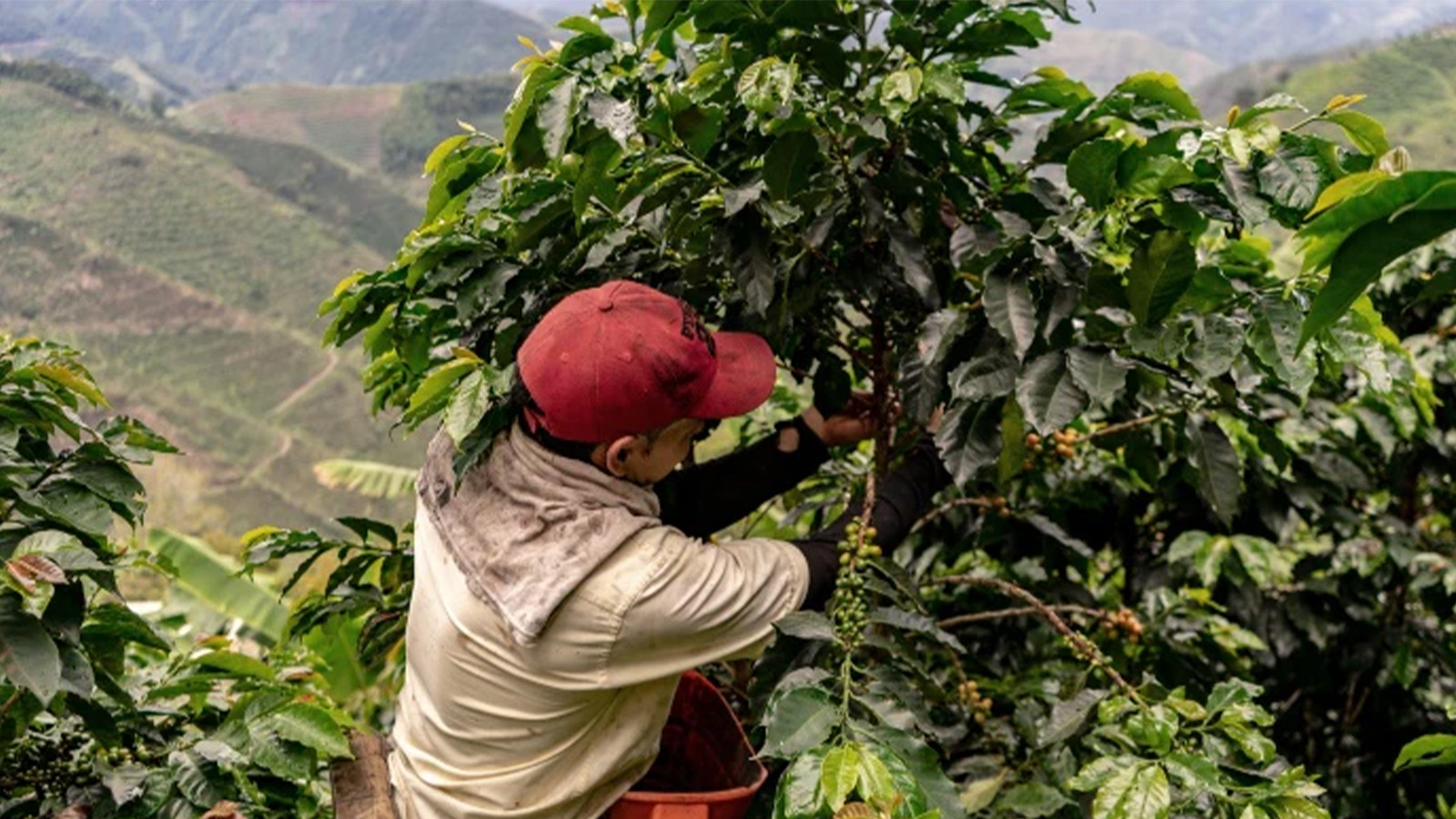Understanding Gourmet Coffee Varieties and Distinctive Characteristics

At Kaldi our aim is to ensure the perfect cup of coffee every time. The truth is, no amount of expert roasting can turn inferior beans into a great coffee. That’s why we go above and beyond to ensure we only supply the finest and freshest Arabica gourmet green coffee beans.
We source the very best seasonal varieties of green coffee from around the world. We take care to ensure the right balance of price and value and subject the beans to rigorous quality and taste tests before delivering them to you in the freshest possible condition.
Our Arabica beans are grown in the equatorial and sub-tropical regions of Central and Latin America, Indonesia, the Caribbean, Africa and India.
The highly specialized growing conditions (altitude, soil, precipitation, the amount of sunlight or shade, temperature and humidity) mean that beans grown in different regions, even from the same variety of coffee plant, have their own highly distinctive characteristics:
Central and Latin America - robust, well balanced and smooth with citrus, caramel, chocolate and nutty notes.
Jamaican Blue Mountain - known as the champagne of coffees, complex and full bodied, with a sweetly herbal, mellow aroma and nutty overtones.
Kenyan - smooth bodied with layered depth, pungent aroma, fruity freshness and a brightly acidic taste.
Java - smoky with bold, earthy overtones and notes of chocolate and almond.
Sumatra - full bodied with strong cedar notes and hints of sweet tobacco, wine, spice and chocolate.
Ethiopian – herby with a floral aroma, citrus sweetness and a rich body.
But it’s not just the growing conditions that result in such a dizzying choice of green coffee bean varieties. The method of processing the beans can also have a dramatic impact on flavor, aroma and body.
The coffee cherries are first hand-picked to ensure that only the ripest are harvested. This is painstaking, arduous work. Often the coffee plants are grown at high altitude on very steep mountain slopes meaning that the pickers have to use ropes to reach them. It requires almost 1,000 lbs of cherries to produce 150 lbs of beans. That’s three days harvesting for an experienced picker and each tree only produces one to two pounds of beans a season.
Using the traditional dry or natural processing method the cherries are spread out on the ground or on racks and the beans left in the sun to dry in the fruit for up to 2 weeks before the fruit is pounded to separate the beans from the dried pulp. Nothing is removed and no water is used in this process. Naturally processed beans tend to be more irregular in size and shape but the process of natural fermentation produces fuller bodied coffee with intense, varied and deep-toned, fruity flavors.
By contrast, coffee beans processed using the more mechanized wet or washed method, which involves removing the beans from the fruit and then fermenting them in water, are more uniform in size and appearance and produce light to medium bodied coffee with clean, crisp and vibrant flavors.
The honey processing method is a less common hybrid of the dry and wet methods used mainly for premium grade specialty coffees. After removing the outer cherry the beans are left still coated in the sweet pulp or “honey” to cure for a day before being washed and left to dry in the sun. The traces of pulp impart an even more distinctive flavor to the beans.
In India the beans are sometimes exposed to the elements by spreading them on the floor of open sided warehouses during the monsoon season, a process known as “monsooning”. During this process the beans swell in size and lose much of their acidity, developing a spicy, complex flavor resulting in earthy, full-bodied coffees with a smooth finish.
So which of these processing methods is the best?
In truth, it all comes down to personal preference. Producing amazing coffee is an art form, just like making fine wines. So If you like your coffee sweet and fruity traditionally processed beans might be the way to go. The washed method would probably be a better option if your preference is for a consistent coffee with a bright, clean taste. Or if you’re looking for something new and exciting you might want to give honey processed beans a try.
With such a huge variety of varieties to choose from there really is something to suit every taste. Whichever one you choose we guarantee you will be astonished by the incredible flavor, aroma and freshness of our green coffee beans.












